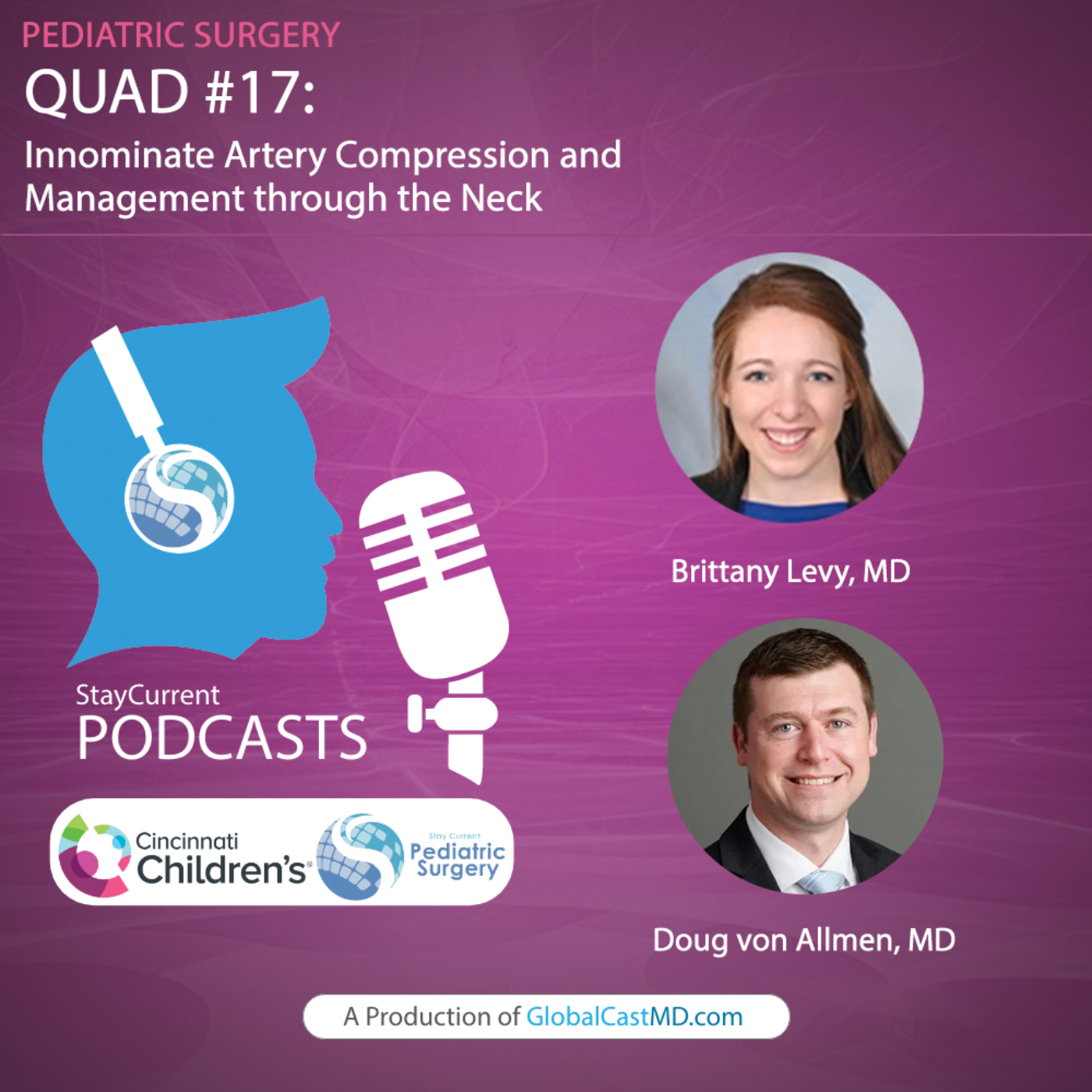Oct 15 2024 5 mins 3
In this video, Dr. Doug von Allmen from Cincinnati Children’s Hospital shares insights into managing innominate artery compression using a transcervical approach. Originally described in the 1940s, this condition is seen in about 30% of children under 2 years old and can lead to tracheomalacia and obstructive symptoms. Dr. von Allmen reviews the procedure, patient selection, and outcomes from his team’s experience with this approach.
Key Highlights:
- Innominate Artery Compression: Causes tracheal compression leading to breathing difficulties, especially in syndromic patients.
- Procedure Overview: A transcervical approach to innominate artery pexy, which includes removing the thymus and lifting the artery to relieve tracheal compression.
- Patient Case: A 6-month-old with a history of esophageal atresia and tracheoesophageal fistula underwent the surgery with successful outcomes.
- Postoperative Results: Improvements in the tracheal lumen, weaning off oxygen, and even decannulation for some patients.
This procedure offers a good alternative in appropriately selected patients, and the team at Cincinnati Children’s Hospital has shown positive results with this approach.
